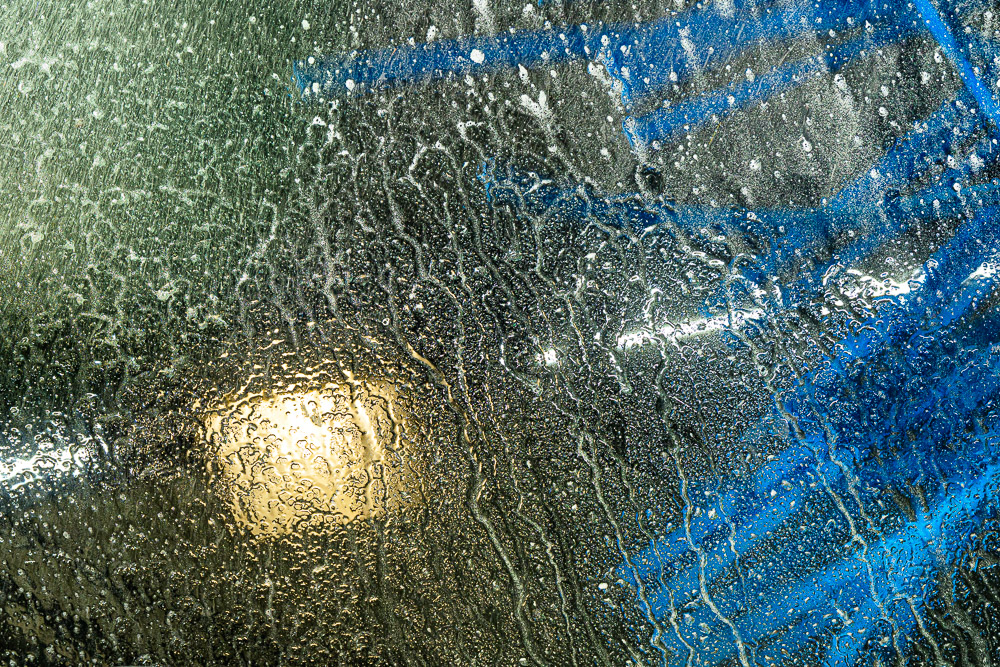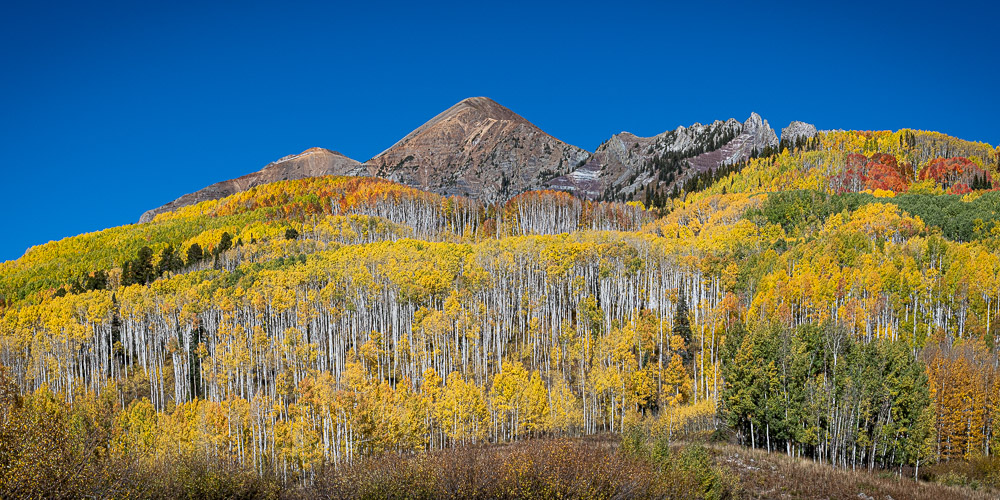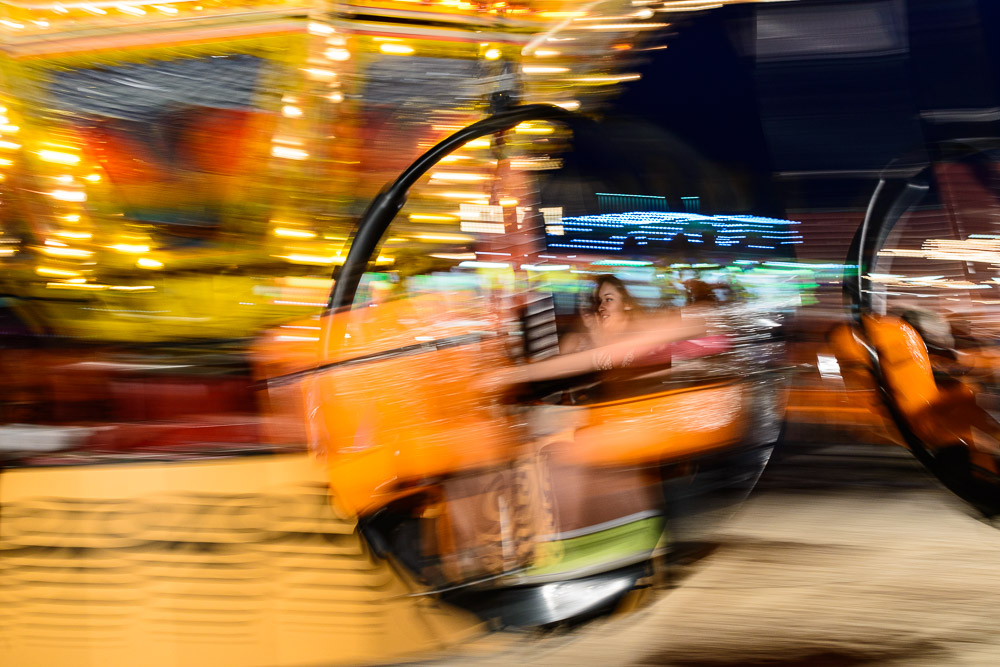Photography is a human activity. It is by humans and for humans. Why else would anything you call art be done?
By humans
Photography is a uniquely human product, as is all art. Humans have an innate desire to record and to express. We preserve memories or pour out what we feel or even just want to make something “pretty” or significant.
No other creature feels a need to produce lasting works of visual art.
I do not believe it is just because we have opposable thumbs or have mastered tool making. It is much deeper than that.There is something we feel and have to express. We want to leave some record of our passage through this life.
And this is a near universal, spontaneous need. It just comes out because we are human.
 ©Ed Schlotzhauer
©Ed Schlotzhauer
For humans
Who do we create art for? Isn’t it always and only for humans?
There is no need to make a large landscape mural for your dog. He will not appreciate it. He may be your best friend, even almost a surrogate child, but he won’t even notice the art you created for him.
But don’t assume quantity of views is a valid measure of worth, or that we have failed unless we have public showings attracting large numbers of people. I am an example of that. I have had showings, but I am clear that my main audience is myself. That is, ultimately, I am the one who gets to approve my art. But, then, I am a human. My art is for humans.
I believe you can have a rewarding satisfaction of being an artist even if you only show your work to a select set of friends. The value of our art should not be measured in the amount of publicity we get or the number of collectors holding our work.
I love it when other people see my work. Some are even kind enough to make encouraging comments. That is a kind of connection and validation. It feels good since it comes from humans.
 ©Ed Schlotzhauer
©Ed Schlotzhauer
Uniquely human
Humans create art for other humans. We are the only creatures who can value or even recognize it. Unlike your dog, people can be touched by an image. Viewing it can translate to multiple feelings and emotions in another human.
Animals don’t create art. Fish don’t either. Only humans. We have a need to create.
If we visited some tribes making cave art in France 20,000 years ago and asked them why they did it, what do you think they would say? I doubt they would say they were decorating the cave so that when they moved out and a bear moved in, it would be happier. No, they would probably just say they felt a need to create and to record events and to establish aspirational goals for younger people to follow. And because they liked it. That is human.
Whenever we live and wherever we go we feel the need to paint on our walls.
The largest AI model might, with good prompts, make a picture that would be acceptable for some uses. But it could never step back and look at it with satisfaction and think “Wow, i like that”.
 ©Ed Schlotzhauer
©Ed Schlotzhauer
Not just taking pictures
To be clear, I am only talking about photography intended to be art. What is often called fine art photography. There are other kinds.
I guess that most of the photographic images captured daily are taken by machines. Try to picture the vast amount of automatically captured imagery. Police surveillance cameras on every corner, speed cameras, security cameras on every business and house, dash cams, body cams, Google Street View captures. More than we can probably imagine.
There must be millions of hours of video and millions of still images captured by robots every day. However, none of those robots are emotionally attached to the images. The machines did not feel excitement or sadness or awe when they “looked” at any of the frames. They did not feel anything. And the machines did not take the images with the goal of causing happiness or warmth or longing or any other emotion in human viewers.
Those automatically captured images are not art, and they are not for humans, really. Some may be used by humans for a particular purpose, but none of it is printed and framed and hung on their wall to be called art.
 ©Ed Schlotzhauer
©Ed Schlotzhauer
First, live life
Before we are artists, we are humans. In life we experience joy and success and sadness and loss. We grow from these experiences. Our values and life views develop. It gives us a point of view. Sharing this point of view is called art.
Don’t photograph just to be technically perfect. That is shallow and dead. Photography is a beautifully technical craft. Technical skill is required to make an interesting image, but it does not by itself make an image great. Machines can do technical perfection.
Don’t photograph to “make art”. That is a false goal. Photography is a perfectly valid art form. However, if we don’t have anything to say, we will say that. Make images that are art because you are an artist and have feelings or a view that you want to share with your viewers.
Photography that is art comes from life. Living and experiencing is something only a human can do. Don’t give up your humanity to machines or algorithms. Live the life only you can live. Be who only you can be. Let it come through in your images.
It’s not about metrics or hits or any other numbers. It is about you seeing and expressing something and being able to help other people to see and feel it too.
Postscript
Steven Levy of Wired Magazine recently gave the Commencement talk at Temple University. A topic on graduates minds is will they lose their jobs to AI. Steven addressed this and had what I consider an insightful observation.
In his conclusion he said “The lords of AI are spending hundreds of billions of dollars to make their models think LIKE accomplished humans. You have just spent four years at Temple University learning to think AS accomplished humans. The difference is immeasurable.”
You are a human. Art is a human activity. Only you can make art.



 ©Ed Schlotzhauer
©Ed Schlotzhauer ©Ed Schlotzhauer
©Ed Schlotzhauer ©Ed Schlotzhauer
©Ed Schlotzhauer ©Ed Schlotzhauer
©Ed Schlotzhauer
 ©Ed Schlotzhauer
©Ed Schlotzhauer ©Ed Schlotzhauer
©Ed Schlotzhauer ©Ed Schlotzhauer
©Ed Schlotzhauer ©Ed Schlotzhauer
©Ed Schlotzhauer
 ©Ed Schlotzhauer
©Ed Schlotzhauer
 ©Ed Schlotzhauer
©Ed Schlotzhauer

 ©Ed Schlotzhauer
©Ed Schlotzhauer ©Ed Schlotzhauer
©Ed Schlotzhauer